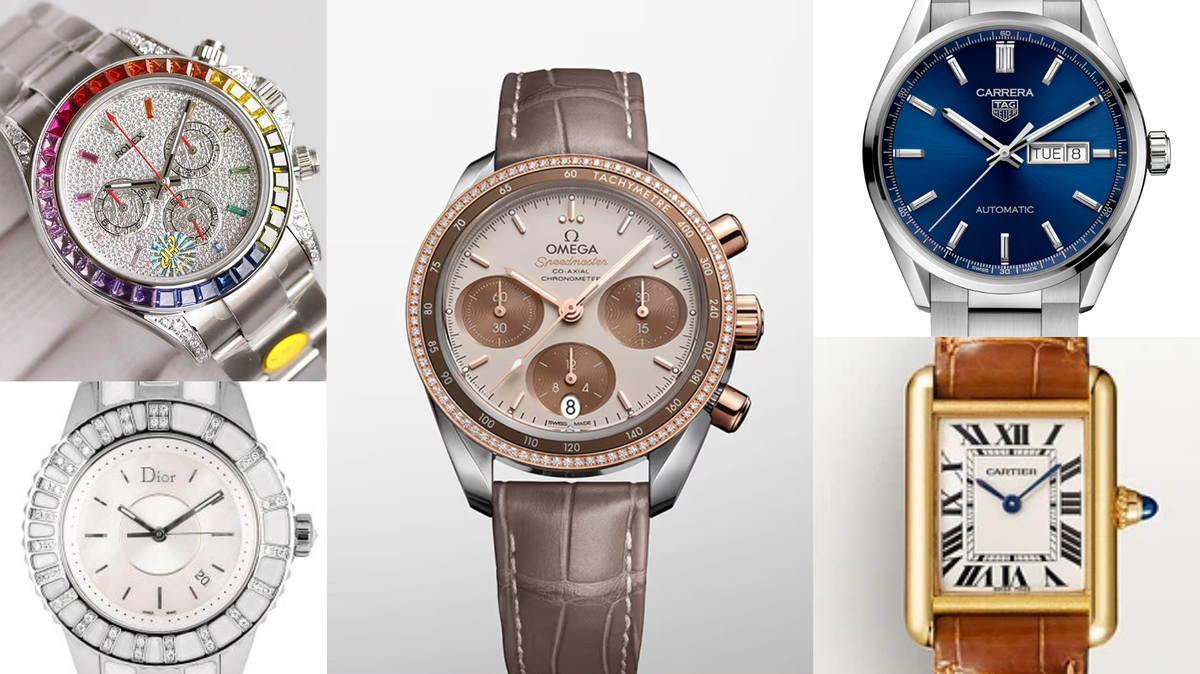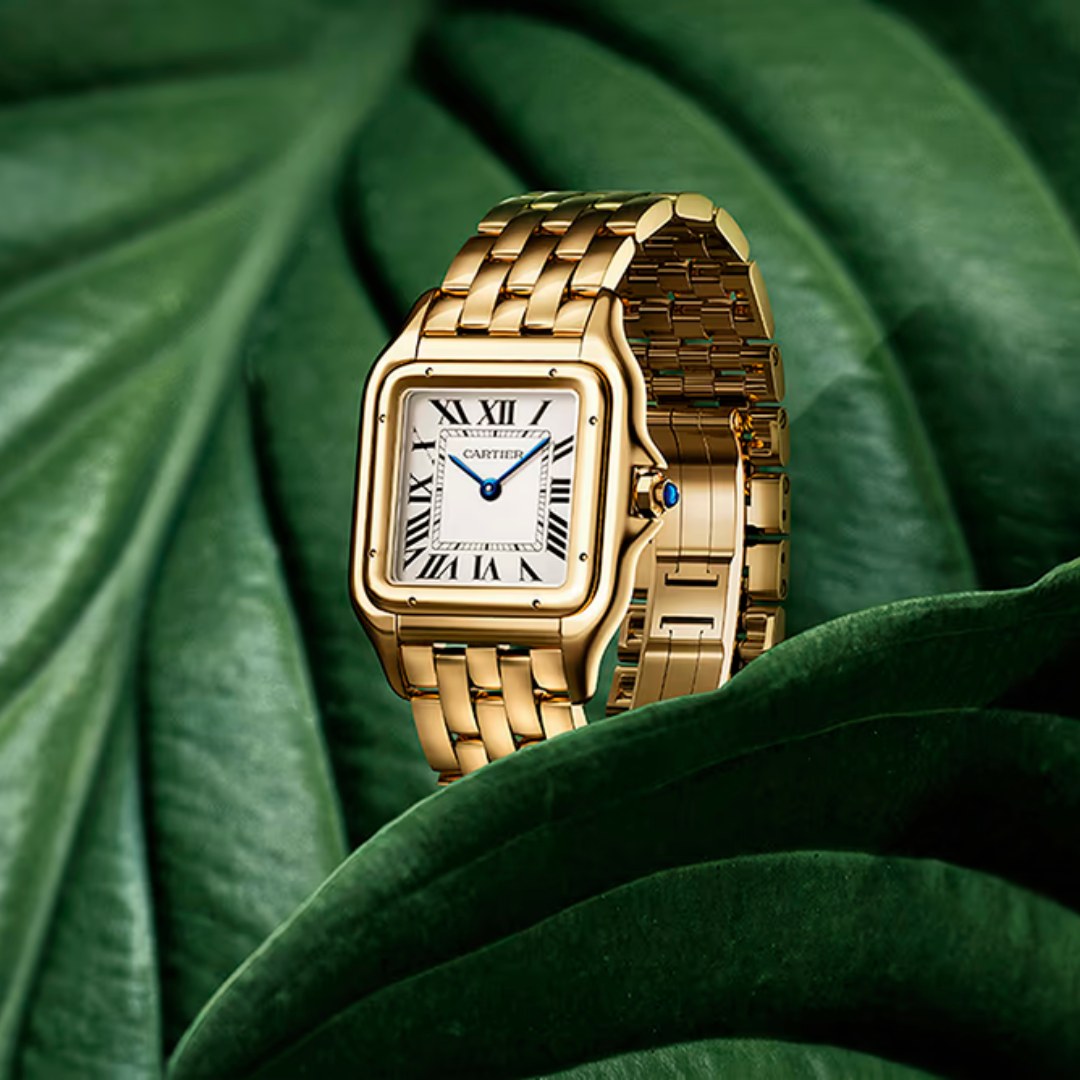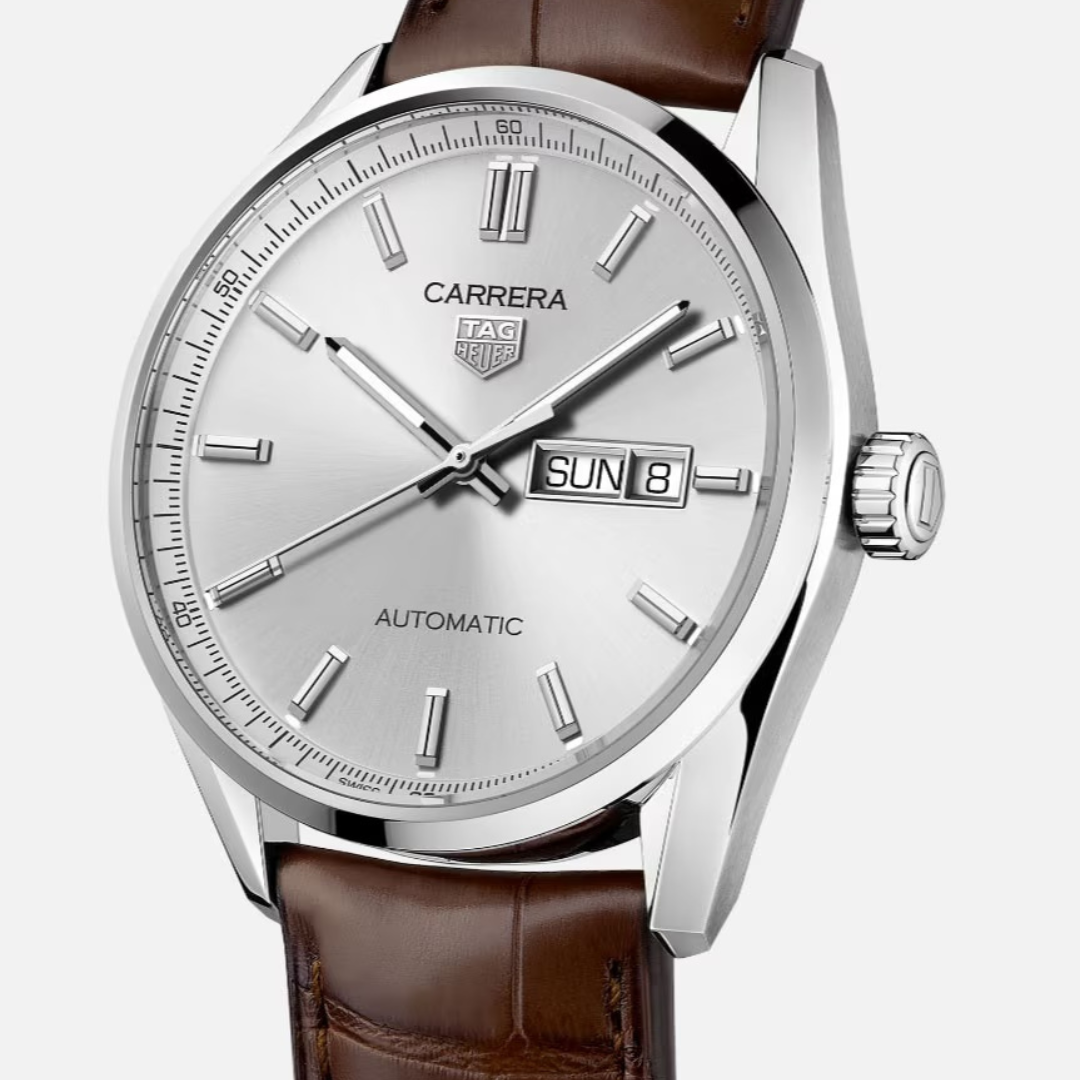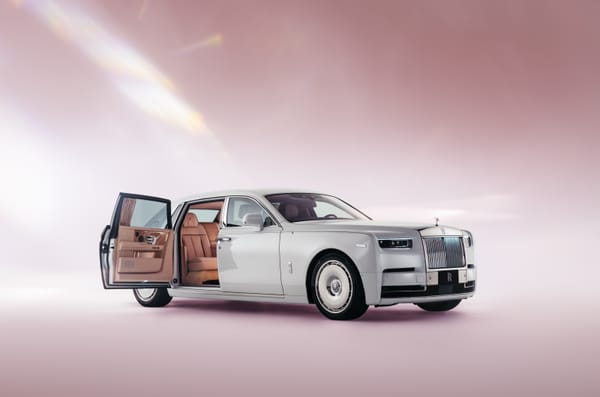Why Do Watches Always Show 10:10?
Ever noticed that watches in ads show 10:10? It’s no coincidence; this timeless setting balances aesthetics, branding, and tradition.

Have you ever noticed that watches in advertisements and shop displays almost always show the same time, 10:10? This isn’t just a coincidence. The choice of this specific time is deliberate and has everything to do with aesthetics, branding, and tradition.
The most widely accepted reason for the 10:10 setting is simple: it looks good. When the hands of a watch are positioned at 10:10, they create a symmetrical “V” shape, which is both visually pleasing and balanced. This positioning adds harmony to the watch face, making it more attractive to potential buyers.

Additionally, the upward angle of the hands resembles a “smile,” which can evoke a positive emotional response. Studies in visual psychology suggest that upward-facing shapes are often associated with happiness and optimism, while downward-facing shapes (like the inverted “V” at 8:20) can subconsciously evoke a frown or negative feeling.
While this psychological effect hasn’t been definitively proven in the context of watch marketing, it remains a widely accepted theory among designers and marketers.
Beyond aesthetics, the 10:10 setting serves a practical marketing purpose. Most watch brands place their logo just below the noon mark. Setting the hands at 10:10 ensures the logo remains clearly visible and framed neatly between the hands without obstruction. This is especially important for luxury brands like Rolex and Omega, where brand recognition is paramount.
Moreover, many watches feature additional elements such as date windows or chronograph subdials, often positioned at 3, 6, and 9 o’clock. The 10:10 setting prevents the hands from covering these details, ensuring that all features of the watch can be appreciated at a glance.

The 10:10 tradition became widely adopted in the mid-20th century, with Rolex often credited as one of the brands that helped popularise it in their advertisements.
While the exact origin of this practice is unclear, its use by Rolex and other major brands cemented it as an industry standard.
The consistency reinforces familiarity and tradition, ensuring that consumers associate this time setting with premium craftsmanship and attention to detail.
So, next time you pass by a watch display, take a moment to appreciate the subtle yet thoughtful design choices at play.






